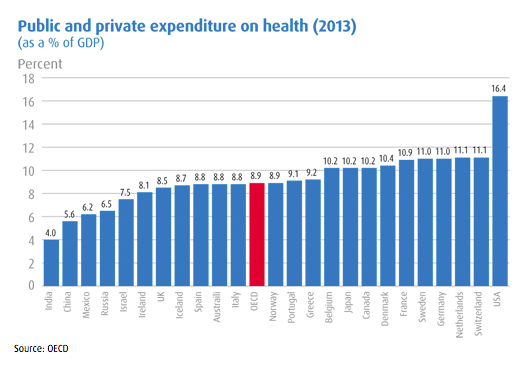Healthcare is already a sizeable slab of the budget of most countries but it is about to get much bigger. No country rivals the “spend” of the U.S. (relative to GDP) but all will be rising up the scale over the next few decades. If more of the pie is spent on healthcare something else misses out. This is a substantial challenge for governments throughout the world — again, one that tends to be under-appreciated.
India’s working-age population will grow by 1.1% annualised over the next 20 years and an average of 0.8% annualised over the 35 years to 2050. The task is to make effective use of this growth-dividend.
Bruce Campbell is founder and former CEO and chief investment officer of Pyrford International, part of BMO Global Asset Management.

The impression may be gained from the preceding that there is no or at best little light at the end of the tunnel. Not so, as some countries are still experiencing booming population growth. We refer to countries such as India, Nigeria, Ethiopia, Pakistan, Tanzania and the Democratic Republic of the Congo which, between them, will total almost 3 billion people in 2050 according to the UN. The lion’s share of this is India which will expand from a current 1.3 billion to 1.7 billion, making it easily the most populous country in the world by 2050. China’s population is expected to fall by around 30 million over the same period but by a total of 370 million by the end of the century.
The same comment applies to Africa, the continent where the bulk of the remaining growth occurs. We try not to be sceptics but we are only too aware that India and Africa have so often disappointed in the past. But the fact is that the world will need the people of working-age to be productively employed because elsewhere there will be a vast number of retirees sitting back hoping that someone is out there generating the wealth to fund their pension or social security benefit. Or perhaps it will be robots. Now there’s a topic for a future Global Investment Insights!








